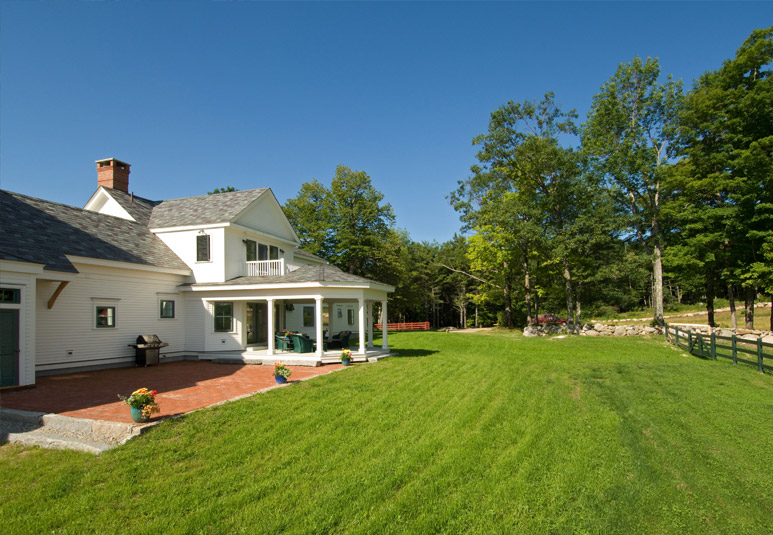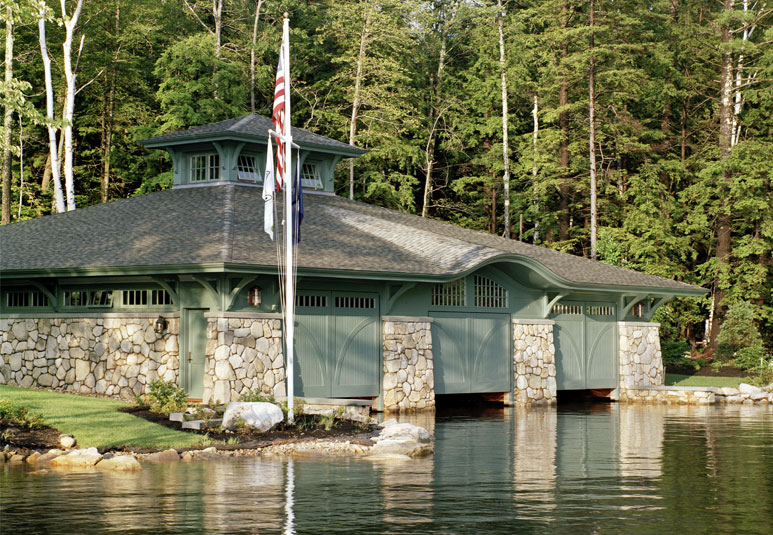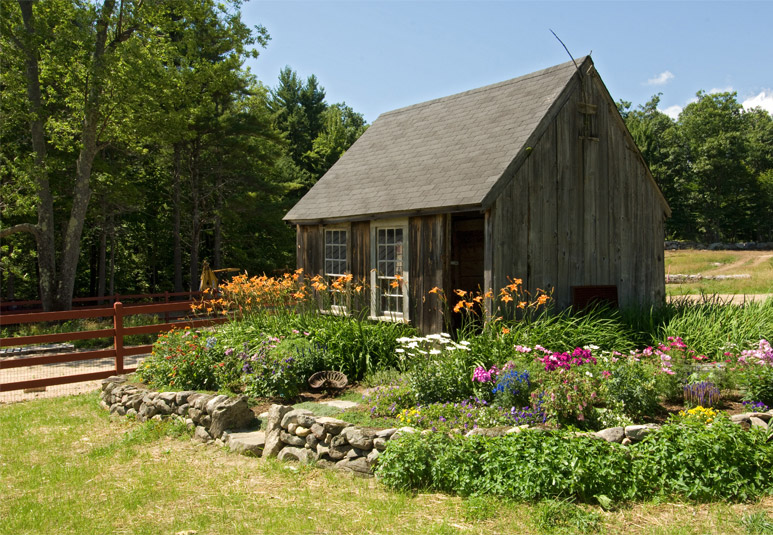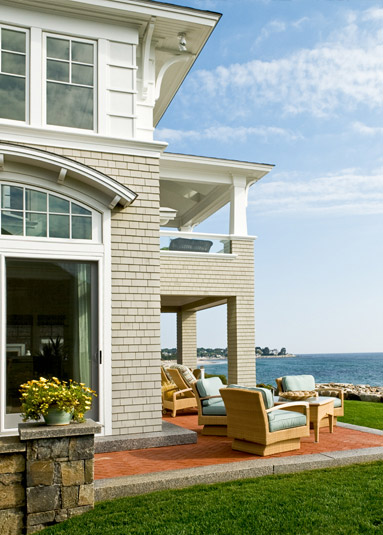Environmentally Friendly Outdoor Spaces
There is no time to truly enjoy the outdoors quite like the bittersweet end of summer. New England has known this for centuries, and that’s not likely to change soon: there’s a certain magic to that golden haze in the air and that hot breeze on the skin. There’s a certain magic knowing life can be taken a bit more slowly for just a brief respite, these few golden days of lolling and relaxing. There’s a certain magic to knowing the office will accept your lax schedule, and that the kids will entertain themselves outdoors while you unfurl with that long-awaited book on the porch. It’s a magic we dream of all summer, for most of our lives – and it’s the reason we build those gorgeous refuges by the water, soaking in the breeze, basking in the mountain glow. This part of summer is often where we love our summer best, with its beading sunlight and hazy, endless days, fully appreciating all that the outdoors have to offer. And if there’s one thing the outdoors provides best, it’s those eternal moments unifying today with all of those New England summers generations before us. TMS strives to ensure those very summers continue with environmentally friendly and conscious designs, continuously inspired by a time in which enjoying all our nature has to offer went hand in hand with taking care of that nature, in every beautiful outdoor setting.

Design by TMS Architects
With a sloping lawn this stunning, it’s easy to be distracted from the equally stunning house that lives with it — but that house was the catalyst of every environmentally-friendly choice made throughout this property. Originally an early 19th century farmhouse nestled into its surroundings, the owners wanted to still truly respect the setting; but the structure itself could not be saved for habitation. From this, the entire project encapsulates an excellent tip for creating environmentally-friendly spaces both indoors and out, while even saving money on materials. Every child learns “reduce, reuse, recycle” in school, but this home took it to another level. Even if maintaining history or drawing inspiration from a setting isn’t the intention of your design, incorporating pieces from an original structure or seeking them out locally from others shrinks your impact doubly, as you save the environmental and financial costs of “buying new” alongside keeping something demolished for the dumpster away from ending up in a landfill. With careful planning, the first farmhouse’s foundation, beams, siding, and even the bricks for the patio were reused, all sparked by the gorgeous stone pasture walls that has been standing for over a hundred years.

Design by TMS Architects
Working locally doesn’t solely apply to antiques and reusable materials — and it offers so much more than just being environmentally friendly. For this family, outdoor spaces took precedence over nearly any other element of the home; but the dedication to the outdoors didn’t end with wanting to spend time there. Every small detail of the home drew from its striking New Hampshire setting, from the tones and colors to the lines and shapes. Moreover, it took inspiration from its setting literally, with dedication to sourcing as many fresh materials as possible from the local area. As exampled in the sumptuous triple boathouse below, the state’s history of slate and stone mining was the basis for the entire design, a theme throughout the property. By focusing locally, a project not only supports that local economy and community, but lessens the energy impact of trucking pieces long distances.

Design by TMS Architects
It’s not uncommon for any home to be designed with a garden in mind. Be it the favorite pastime of a parent, a growing interest of the children, or simply a beautiful spot to read a book in the afternoon, gardens have been a facet of properties the world over for as long as architecture has been commissioned. But now, that outdoor space can give back to its natural beginnings, with just a few conscious choices of being environmentally conscious. While it may seem obvious that an outdoor space dedicated to plants and nature should be friendly to that very environment, a surprising number of products — even mulches and fertilizers — contain hazardous chemicals that cause damage over time, and can even endanger kids and pets on contact. Nothing is easier and makes a greater immediate impact than electing to use all natural alternatives — but if your interest is for longer term, larger impacts, than redesigning your garden is an enjoyable and important project. Anyone who watches the news knows the concerning environmental implications of the massive drop in bees, and the addition of certain plants and flowers can craft a garden refuge for these pollinators while also creating a beautiful space for yourself. Besides being delightful to see and healthy for bees, plants such as sunflowers, sweet alyssum, fennel, and salvia further attract butterflies and hummingbirds.

Design by TMS Architects
When in doubt, all-natural wins out. Much like gardening products, a surprising number of mass-produced furniture pieces intended for outdoor use can contain hazardous materials and finishes that become even worse as they slowly deteriorate and need to be frequently replaced — a frustrating design flaw considering that they are supposed to be left to weather the elements. By carefully selecting work of those dedicated to quality products, the opportunity is offered to support local craftsmen, lessening your transportation-energy footprint, while being further assured that your piece’s longevity is healthy for you, your pocketbook, and the environment.
Spending time outdoors is one of the finest luxuries that both summer and New England have to offer – and that time should be spent in spaces both beautiful and comfortable. Yet if there’s one development within architecture and design’s recent innovations that could shape our collective future, it’s that beauty and comfort need not come at the high expense of practicality and our environment. By enjoying maintained outdoor spaces, we constantly experience firsthand the importance of that very environment. With small changes and planned consideration, we can all ensure that the great outdoors remain great for our future generations. Homes dedicated to summer in New England and nature’s most remarkable vistas have proudly coexisted within that nature for centuries. Together, we can make sure that tradition lasts for many centuries worth of summer days to come.
